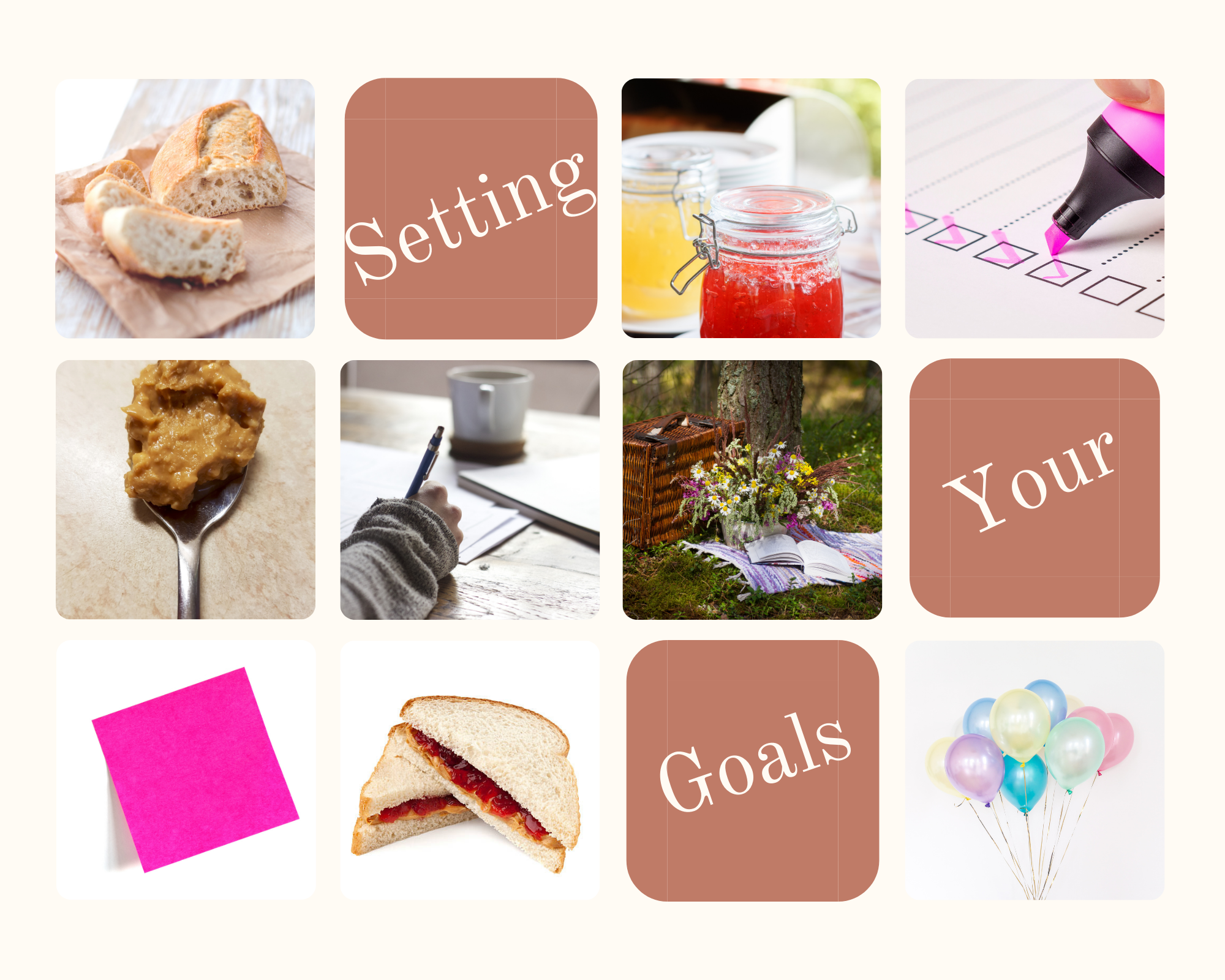
Setting Goals for 2021
To say 2020 was quite the year would be a major understatement. 2020 challenged us in ways that we never thought we would be challenged – a global pandemic, multiple lockdowns, missed holidays, just to name a few. As we transition into the new year, there is no better time to regroup, refresh, and revitalize ourselves! That all sounds great in theory but can seem a little overwhelming to know where to start. Goal setting should be at the forefront of our lives, yet so many individuals struggle to do so. Goal setting and milestones are traditionally built into our younger years, as there are often many timetables we look forward to achieving – preschool/kindergarten graduations, making the basketball team, getting a driver’s license, up to graduating from high school. Next, some set goals to find meaningful work, while others set goals to attend college. These goals are often more milestone and age-based, but they teach us to work towards an outcome. An outcome is sort of naturally shaped for us in some societal/cultural capacity. The challenge often lies in setting goals outside of this.
Goals can be big, and they can be small. They come in all shapes and sizes, and manifest our wildest dreams, thoughts, and desires. In the therapy world, we learn to break down goals further, which helps us achieve our outcomes with clients. These skills are not just for therapists though! You can set goals that are attainable and achievable. While it will take practice, the following are some thoughts and considerations that may be helpful to you in setting goals moving forward:
- Reflect on the past: The past is the key to the future! This is not always an easy place for us to go, however when we revisit past experiences to see where our direction changed, it can help us recognize habits or thoughts that may have gotten in the way of achieving a goal. When doing this, setting a timer may be helpful to ensure you do not reside in the past after reflection, but use details of the reflection to help you move forward.
- Complete a “Task Analysis”. As rehabilitation therapists, we are trained in task analysis, which means breaking down all the steps required to complete an activity or task. Breaking down the steps to an activity or task can be helpful in establishing all the necessary parts of making a goal become a reality. When we can see what needs to happen to achieve a goal, it often makes the goal seem more doable!
Example: Make a Peanut Butter and Jelly Sandwich
- The first step is to find all the ingredients – 2 slices of break, peanut butter, jelly, a paper plate, and a butter knife.
- The second step requires us to spread the peanut butter onto the bread, followed by the jelly.
- Thirdly, we need to put the two pieces of jelly and peanut butter-filled bread together.
- Lastly, we cut the sandwich (if you so desire) and enjoy!
- Establish long- and short-term goals. Once you’ve written down the steps required to achieve a goal, it can be helpful to sort them into short- and long-term goals. Think: How long do I need to achieve this goal? A short-term goal may take a matter of hours-days-weeks, whereas the long-term goal may take weeks or months to achieve. This provides structure to keep you on task.
Example: Using the peanut butter and jelly sandwich example from earlier, you might structure your long and short-term goals like this:
- Long-term Goal: I would like to make a peanut butter and jelly sandwich.
- Short-term Goal #1: Gather all the ingredients.
- Short-term Goal #2: Assemble the sandwich with the peanut butter and jelly.
- Make your goals specific and measurable. Research has shown that when you add realistic timeframes to your goals, it holds you accountable, helping you to be more intentional and thoughtful about all that is entailed in achieving your goal(s). These goals are broken down into steps with timeframes to give you something to measure your success by.
Example: PB & J Analogy continued.
- Long-term Goal: I would like to make two peanut butter and jelly sandwiches for my father and myself before noon tomorrow.
- Short-term Goal #1: I will gather the ingredients for my peanut butter and jelly sandwiches after breakfast.
- Short-term Goal #2: I will assemble the peanut butter and jelly sandwiches and put them in the refrigerator so my father and I can eat them at lunch.
- Create a visual goal board. Display your goals at home and/or at work as a reminder of what you are working towards! You can bedazzle a poster board or simply create sticky notes, placing them in common places such as the bathroom mirror, refrigerator, dining room table. These visual reminders can make all the difference in helping you change habits and routines as you work towards your goals.
As Tony Robbins says, “Setting goals is the first step to turning the invisible into the visible”. Don’t be afraid to challenge yourself and celebrate each success, as well as the bumps in the road. When you come to roadblocks, don’t give up. This is the perfect time to reset, modify your goals. It doesn’t have to wait until next year.
-Kyle Medearis, MS OTRL, CBIS
